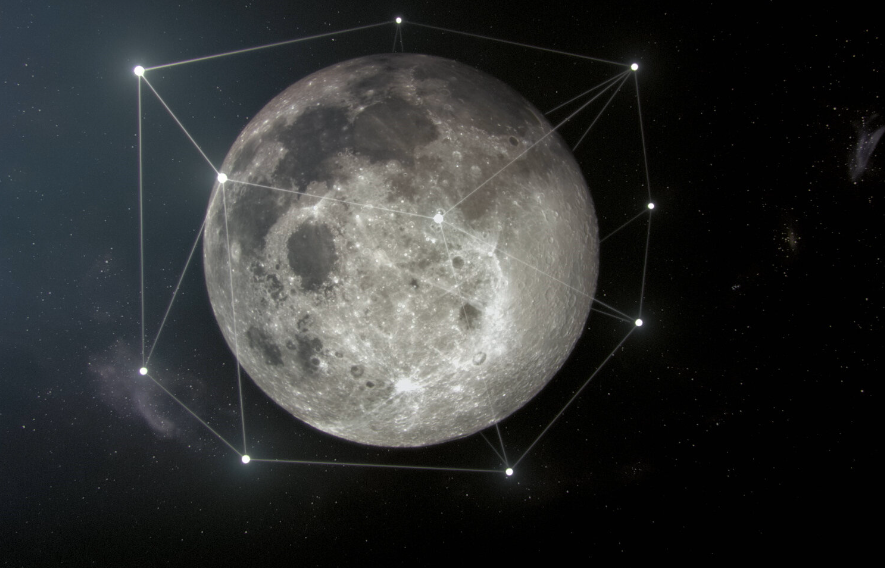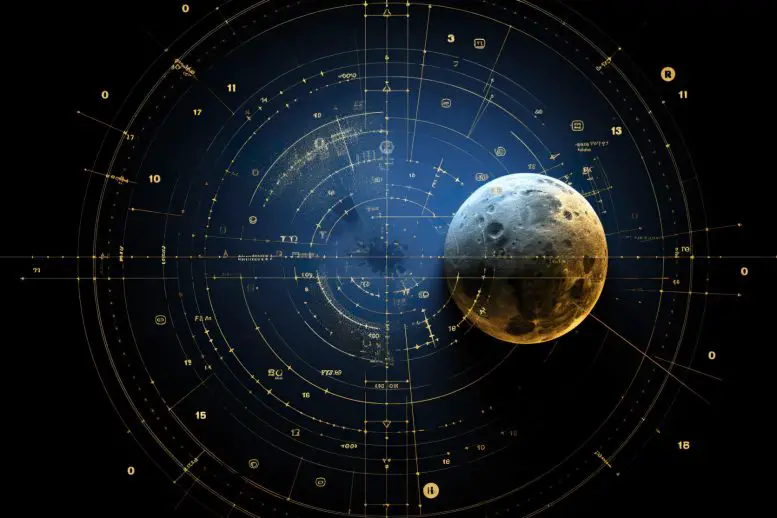In the quest toLunar Navigation and beyond, scientists and engineers are constantly seeking innovative ways to navigate the vast expanse of space. Surprisingly, an ancient mathematical technique that dates back over 800 years has resurfaced as a valuable tool in modern lunar navigation. This mathematical gem, known as the ” Ptolemaic Theorem ,” is proving to be a crucial asset for space exploration.
The Ptolemaic Theorem
The Ptolemaic Theorem, named after the Greek mathematician Claudius Ptolemy, has its roots in ancient trigonometry and geometry. Ptolemy lived in the 2nd century AD and made significant contributions to astronomy and mathematics. His theorem deals with a fundamental concept in trigonometry: the relationship between the sides and angles of a triangle. Specifically, it provides a way to calculate distances using angles and the Earth’s radius.
Ptolemy’s theorem states that, in a spherical triangle, the sum of the cosines of the angles is equal to one. While this may sound abstract, it has practical applications in modern lunar navigation.
Lunar Navigation Challenges
Navigating in space is vastly different from navigating on Earth. Traditional navigation techniques like GPS are ineffective beyond our planet’s atmosphere, making lunar navigation a complex task. Astronauts and spacecraft rely on celestial objects like stars and planets for orientation, and precise calculations are essential to ensure safe and accurate navigation.
How Ptolemaic Theorem Helps
The Ptolemaic Theorem has found new relevance in lunar navigation due to its ability to calculate distances and angles in a spherical environment, which is precisely what space navigation demands. Here’s how it can be applied:
- Distance Calculations: By measuring the angles between celestial objects (e.g., the Moon and a distant star) from a spacecraft’s perspective, the theorem allows navigators to calculate distances to those objects. This is crucial for determining the spacecraft’s position in space.
- Trajectory Adjustments: Astronomical observations made using the Ptolemaic Theorem can help astronauts make real-time adjustments to their spacecraft’s trajectory. This ensures that they reach their intended destination with precision.
- Mapping the Lunar Surface: The theorem is not only useful for celestial navigation but can also aid in mapping the Moon’s surface accurately. This is vital for planning safe landings and lunar explorations.
- Emergency Navigation: In the event of system failures or unforeseen circumstances, the Ptolemaic Theorem can serve as a reliable backup for navigation, ensuring the safety of astronauts.
Future Implications: Lunar Navigation

As space agencies like NASA and ISRO continue their ambitious lunar missions, the incorporation of ancient mathematical techniques like the Ptolemaic Theorem into modern technology showcases the rich history of human knowledge and its adaptability. This convergence of past wisdom and cutting-edge science demonstrates the interdisciplinary nature of space exploration.
The integration of the Ptolemaic Theorem into lunar navigation not only represents a fascinating intersection of history and modernity but also highlights the collaborative nature of space exploration. Scientists, mathematicians, and engineers from around the world come together to tackle the unique challenges posed by space travel.
One of the remarkable aspects of using ancient mathematical principles in space exploration is their reliability and timelessness. The Ptolemaic Theorem, developed over eight centuries ago, still provides accurate solutions in the harsh environment of space. This speaks to the enduring value of foundational mathematical concepts and their adaptability to contemporary scientific needs.
Moreover, the application of the Ptolemaic Theorem in lunar navigation aligns with the global push for sustainable and responsible space exploration. Precise navigation is not only essential for the success of missions but also for minimizing space debris and preventing collisions in Earth’s orbit and beyond. By leveraging mathematical techniques like Ptolemy’s theorem, space agencies can enhance the safety and sustainability of their missions.
As space exploration advances, the integration of diverse knowledge sources becomes increasingly important. Ancient mathematical theorems, like the Ptolemaic Theorem, complement cutting-edge technology and computational methods, providing backup solutions and expanding the toolkit available to space navigators.
Looking ahead, the continued collaboration between traditional mathematical disciplines and space science promises to yield more exciting discoveries and innovations. While the Ptolemaic Theorem may be one of the most prominent examples of such interdisciplinary cooperation, it is by no means the only one. As space agencies and researchers push the boundaries of our knowledge and explore new frontiers, we can expect to see more unexpected partnerships between the past and the future.
In conclusion, the resurgence of the Ptolemaic Theorem in lunar navigation underscores the remarkable adaptability of ancient knowledge in the quest for space exploration. It serves as a reminder that human progress is built upon the cumulative wisdom of generations past and present. As we continue to explore the cosmos, we should embrace the diverse range of knowledge at our disposal, drawing inspiration from both ancient traditions and cutting-edge science to propel us further into the universe
ALSO READ: Searching For the Milky Way’s Secret Supernova Remains: Glowing Ghosts




































